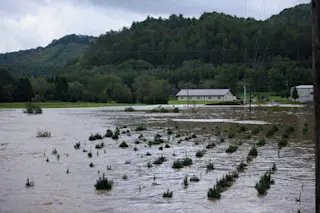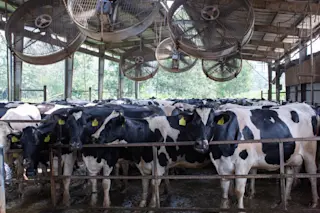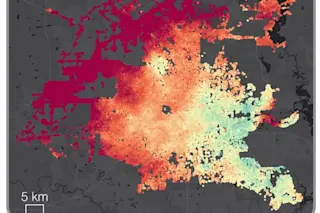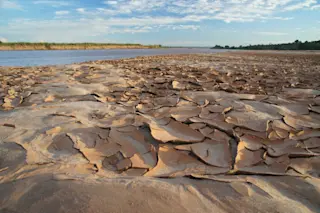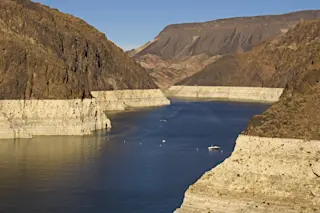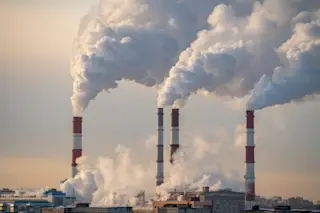Hurricane Helene caused deadly and destructive flooding when it swept through the Southeast on Sept. 26-29, 2024. Across a broad swath of western North Carolina, where the worst flooding occurred, the amount of rainfall exceeded levels that would be expected on average only once every 1,000 years.
But this wasn’t the first 1,000-year rainstorm in North Carolina this year. In mid-September, an unnamed slow-moving storm produced more than a foot of rainfall closer to the Atlantic coast. This storm inundated areas that had already been drenched by Tropical Storm Debby in August.
As atmospheric scientists and state climatologists, we believe it’s important for the public to understand the risk of extreme events. That’s especially true as climate change alters the conditions that create and feed storms. Here’s how scientists calculate storm probabilities and why events like a 1,000-year storm can happen much more frequently in some places than that term ...


